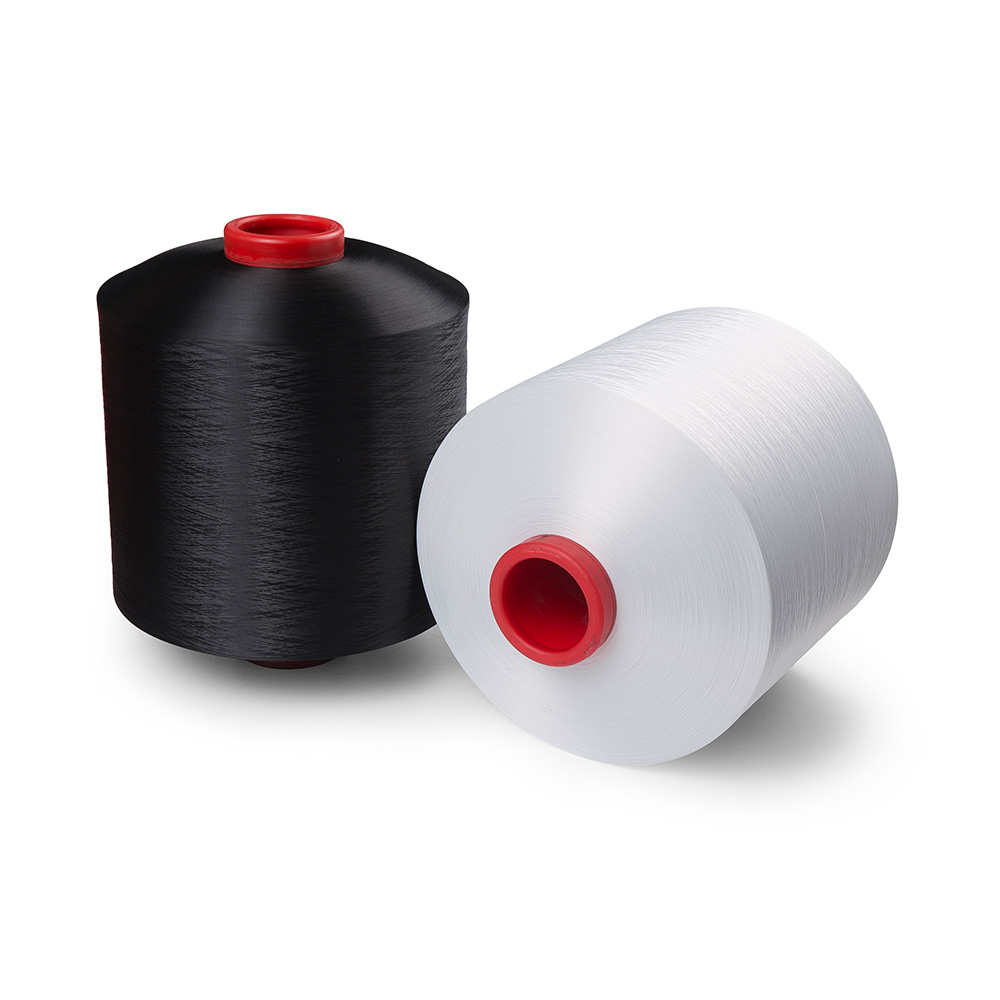If you are interested in some of our products, please feel free to visit our website or contact us for detailed information.

Durability Against Frequent Laundering: Chemical fiber yarns, such as polyester and nylon, are designed to withstand frequent washing without significant degradation. This durability makes them ideal for everyday items like clothing, sportswear, and home textiles. Their inherent resistance to shrinking and fading means they maintain their shape and color even after repeated wash cycles, which is particularly advantageous in consumer products where longevity is valued. Importance of Care Labels: Despite their robustness, it's essential for users to consult care labels. Different manufacturers may have varying recommendations based on the specific blend or treatment applied to the yarn.
Thermal Properties of Synthetic Fibers: The thermal stability of chemical fibers varies significantly. For instance, polyester can typically handle higher wash temperatures (up to 60°C or 140°F) without losing strength or integrity. In contrast, nylon’s heat sensitivity can lead to deformation at lower temperatures (around 50°C or 122°F). Understanding these thermal characteristics is critical for users who want to maintain the fabric's original quality while effectively removing stains and odors. Heat Setting: Some chemical fibers, like polyester, can undergo a heat-setting process during manufacturing that helps them retain their shape. Users should avoid exposing these fibers to extreme temperatures in home laundering, as excessive heat can reverse this process, leading to fabric distortion.
Chemical Interactions: The choice of detergent can significantly impact the longevity of chemical fiber yarns. Detergents containing strong surfactants or enzymes designed for natural fibers may not be suitable for synthetic fabrics, as they can break down fiber structures over time. Fabric softeners may build up on chemical fibers, reducing moisture-wicking properties and creating a greasy feel. Eco-Friendly Options: With growing awareness of environmental issues, many users are now seeking eco-friendly detergents that are free from harsh chemicals.
Drying Methods: Impact of Heat on Fiber Structure: Chemical fiber yarns generally dry quickly due to their low moisture retention properties. However, tumble drying can expose them to heat that may compromise elasticity, especially with fibers like nylon that are more susceptible to heat-induced damage. Users should consider using lower heat settings or opting for air drying to prevent heat damage and prolong fabric lifespan. Alternative Drying Techniques: For users concerned about potential heat damage, air drying is an excellent alternative. This method not only preserves the integrity of the fibers but also helps prevent wrinkles and the need for ironing. Using drying racks or hanging garments in a shaded area can further protect the fabric from UV exposure, which can lead to fading.
Understanding Pilling Formation: Pilling occurs when loose fibers become entangled on the fabric surface, often due to friction. Chemical fibers like polyester can pill more readily under high abrasion conditions, such as in areas that experience frequent rubbing. Understanding the fabric's expected wear patterns can help users manage pilling effectively. Preventative Measures: Users can employ several strategies to reduce pilling, such as washing garments inside out, using laundry bags for delicate items, and opting for gentle wash cycles. Regularly removing pills with a fabric shaver can also help maintain the fabric's appearance and feel.
100% dty 100/36 dope dyed polyester textured yarn


 English
English Español
Español








